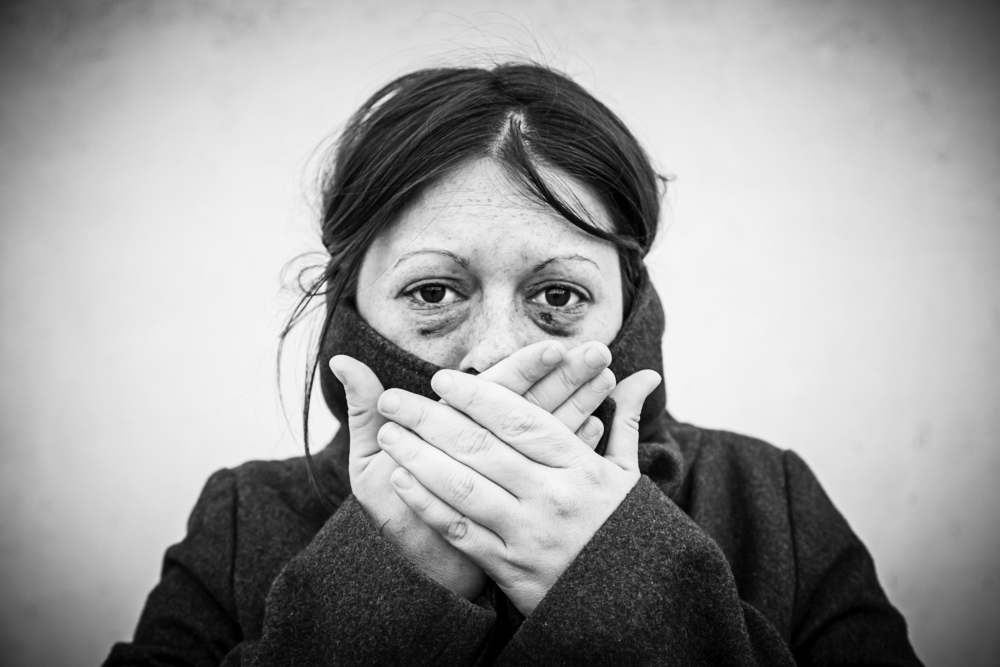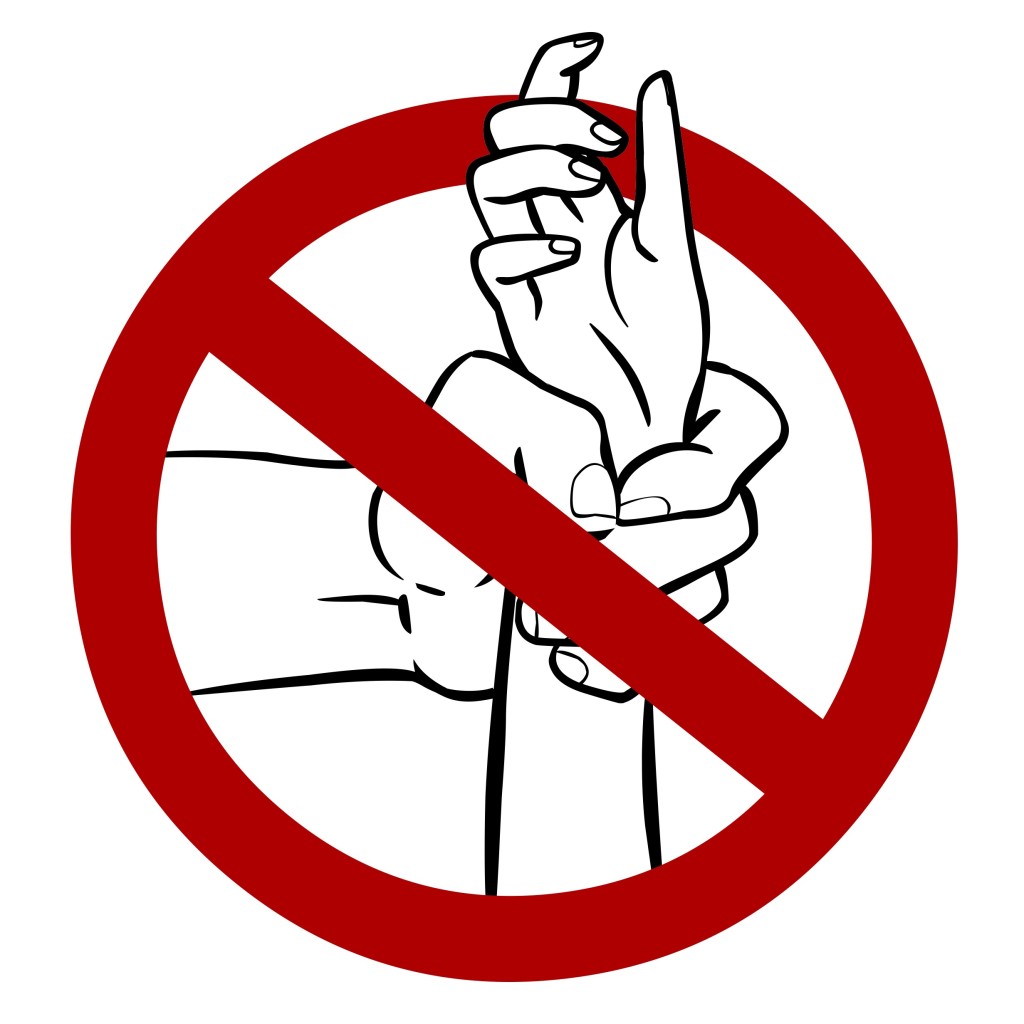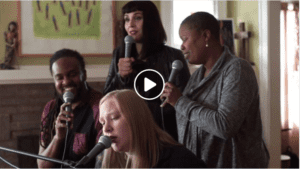
“If anything is truly equal opportunity, it is battering. Domestic violence crosses all socioeconomic, ethnic, racial, educational, age and religious lines.”
– K. J. Wilson, When Violence Begins at Home
Sadly, a US Department of Justice study indicates that approximately 1 million violent crimes are committed by former spouses, boyfriends, or girlfriends each year, with 85 per cent of the victims being women. For domestic violence to be defeated, it must be properly understood. Here are 11 myths and the corresponding corrective facts about domestic violence.
Myth #1: Domestic violence is only physical.
Fact: Abusive actions against another person can be verbal, emotional, sexual, and/or physical. There are four basic types of domestic violence:
- Physical – shoving, slapping, punching, pushing, hitting, kicking, restraining.
- Sexual – when one partner forces unwanted, unwelcome, uninvited sexual acts upon another.
- Psychological – verbal and emotional abuse, threats, intimidation, stalking, swearing, insulting, isolation from family and friends, forced financial dependence.
- Attacks against property and pets – breaking household objects, hitting walls, abusing or killing beloved pets.
Myth #2: Domestic violence is not common.
Fact: While precise statistics are difficult to determine, all signs indicate that domestic violence is more common than most people believe or want to believe. Here’s one example: Due to lack of space, shelters for battered women are able to admit only 10-40 percent of women who request admission. Another example is from divorced women. Though they make up less than 8 per cent of the US population, they account for 75 percent of all battered women and report being assaulted 14 times more often than women still living with a partner. Statistics that are available are believed to be low because domestic violence often goes unreported.
Myth #3: Domestic violence only affects women.
Fact: Abuse can happen to anyone! It can be directed at women, men, children, the elderly. It takes place among all social classes and all ethnic groups. However, women are the most targeted victims of domestic violence.
- One in four American women report being physically assaulted and/or raped by a current or former spouse, cohabiting partner, or date at some time in their life.
- Every day in the US three women are murdered by a husband or boyfriend.
- A woman is beaten every 15 seconds, according to the FBI.
- It is estimated that up to 10 million children witness an act of domestic violence annually.
- Boys who witness domestic violence grow up to be more than twice as likely to abuse their wives or girlfriends than sons of nonviolent parents.
- Around the world, at least one in every three women has been beaten, coerced into sex, or otherwise abused in her lifetime.
- While men are victims of domestic abuse, the vast majority of those subjected to violence are women.
Myth #4: Domestic violence only occurs among lower class or minority or rural communities.
Fact: Domestic violence crosses all race and class lines. Similar rates of abuse are reported in cities, suburbs and rural areas, according to the Bureau of Justice. Abusers can be found living in mansions as well as mobile homes. Susan Weitzman is the author of Not to People Like Us: Hidden Abuse in Upscale Marriages. There, Dr. Weitzman presents case studies of domestic violence in families with higher than average incomes and levels of education.
Myth #5: Battered women can just leave.
Fact: A combination of factors make it very difficult for the abused to leave. These include family and social pressure, shame, financial barriers, children, and religious beliefs. Up to 50 percent of women with children fleeing domestic violence become homeless because they leave the abuser. Also, many who are abused face psychological ambivalence about leaving. One woman recalls: “My body still ached from being beaten by my husband a day earlier. But he kept pleading through the door. ‘I’m sorry. I’ll never do that to you again. I know I need help.’ I had a 2-week-old baby. I wanted to believe him. I opened the door.” Her abuse continued for two more years before she gained the courage to leave.
Myth #6: Abuse takes place because of alcohol or drugs.
Fact: Substance abuse does not cause domestic violence. However, drugs and alcohol do lower inhibitions while increasing the level of violence, often to more dangerous levels. The US Department of Health and Human Services estimates that one-quarter to one-half of abusers have substance abuse issues.
Myth #7: They can just fight back or walk away.
Fact: Dealing with domestic violence is never as simple as fighting back or walking out the door. “Most domestic abusers are men who are physically stronger than the women they abuse,” notes Joyce Zoldak in her book When Danger Hits Home: Survivors of Domestic Violence. “In the case of elder abuse, the victims’ frail condition may limit their being able to defend themselves. When a child is being abused, the adult guardian is far more imposing–both physically and psychologically–than the victim.”
Myth #8: The victim provoked the violence.
Fact: The abuser is completely responsible for the abuse. No one can say or do anything that warrants being beaten and battered. Abusers often try to deflect their responsibility by blaming the victim via comments like You made me angry…You made me jealous…This would never have happened if you hadn’t done that…I didn’t mean to do that but you were out of control. Victims need to be assured that the abuse is not their fault.
Myth #9: Domestic abuse is a private matter, and it’s none of my business.
Fact: We all have a responsibility to care for one another. Officials at the National Domestic Violence Hotline offer this advice to people who see or suspect domestic violence: “Yes, it is your business. Maybe he’s your friend, your brother-in-law, your cousin, co-worker, gym partner or fishing buddy. You’ve noticed that he interrupts her, criticizes her family, yells at her or scares her. You hope that when they’re alone, it isn’t worse. The way he treats her makes you uncomfortable, but you don’t want to make him mad or lose his friendship. You surely don’t want to see him wreck his marriage or have to call the police. What can you do? Say something. If you don’t, your silence is the same as saying abuse is okay. He could hurt someone, or end up in jail. Because you care, you need to do something… before it is too late.”
Myth #10: Partners need couples counseling.
Fact: It is the abuser alone who needs counseling in order to change behavior. Social worker Susan Schechter says couples counseling is “an inappropriate intervention that further endangers the woman.” Schechter explains her position: “It encourages the abuser to blame the victim by examining her ‘role’ in his problem. By seeing the couple together, the therapist erroneously suggests that the partner, too, is responsible for the abuser’s behavior. Many women have been brutally beaten following couples counseling sessions in which they disclosed violence or coercion. The abuser alone must take responsibility for assaults and understand that family reunification is not his treatment goal: The goal is to stop the violence.”
Myth #11: Abusers are evil people.
Fact: “Anyone can find himself or herself in an abusive situation, and most of us could also find ourselves tempted to be abusive to others, no matter how wrong we know it to be,” notes Joyce Zaldak. Abusers are people who may be strong and stable in some areas of their lives but weak, unreasonable, and out of control in other ways. This does not excuse their behavior, because abuse is always wrong. Abusers need to be held accountable for their actions and encouraged to seek help promptly by meeting with a psychologist, psychiatrist, therapist or spiritual leader. Abusers can also receive help from The National Domestic Violence Hotline by calling 1-800-799-7233 or visiting their website at TheHotline.org.
With an informed community, and with the help of family and friends, the cycle of abuse can be broken.
The church can and must play a vital leadership role in dealing with domestic violence. Scripture calls on people of faith to be responsive with both compassion and comfort: “Comfort, comfort my people says your God.” (Isaiah 40:1); “Encourage one another and build each other up.” (1Thessalonians 5:11). Here are eight ways churches can help:
- Affirm publicly, via preaching and teaching, the dignity and worth of every human being, and speak out against all forms of domestic abuse.
- Educate the congregation routinely by including information via the church newsletter and website and by providing workshops on domestic violence issues. Periodically, have an adult Sunday School class study the topic for a semester.
- Be a resource for church and community. Do your own biblical and theological homework so that you, as a community leader, can speak authoritatively on the subject.
- Partner with the community. Include a line item in the church budget to provide generous financial support to a domestic violence organization in the community. Consider adopting a local shelter to which your congregation will provide material support to the families it protects.
- Lead by example. Volunteer to serve on the board of a local shelter or offer yourself as a resource to the families in the shelter. Consider taking additional training to become a crisis or hotline volunteer.
- Offer space. Open your doors, without a fee, to host a support group or serve as a supervised visitation site when parents need a place to safely visit children.
- Intervene. If you suspect violence within a relationship, ask questions of those involved. Help the abused to plan for safety. Hold the abuser accountable.
- Strengthen family life through education and enrichment programs that teach and empower people to relate with one another in healthy, functional ways.
Victor M. Parachin is a minister and the author of numerous books.
Related reading:
The Abused Bride of Christ by Catherine Clark Kroeger
October Is Domestic Violence Awareness Month by Kristyn Komarnicki
Addressing the Root of Abuse by Catherine Clark Kroeger
Domestic Violence: It’s All About Control by Kristyn Komarnicki



